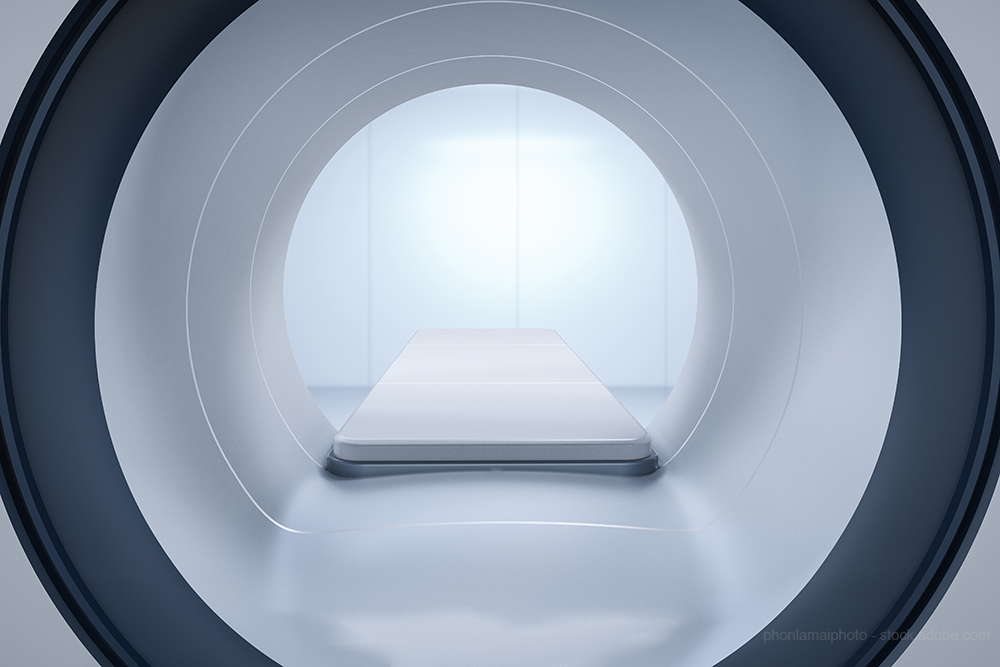Diffusion-Weighted MRI Can Characterize Pulmonary Lesions
Diagnostic performance is comparable to fluorine 18 fluorodeoxyglucose PET/CT in diagnosing pulmonary lesions.

Magnetic resonance imaging is comparable to fluorine 18 fluorodeoxyglucose PET/CT in determining if pulmonary lesions are malignant or benign, according to a study published in the journal Radiology.
Researchers from Brazil, the United States, and the United Kingdom performed a literature meta-analysis to compare how the diagnostic performance of fluorine 18 fluorodeoxyglucose PET/CT and diffusion-weighted (DW) MRI differed in determining malignant and benign pulmonary nodules and masses.
The researchers focused on studies that where DW MRI and PET/CT were performed in the entire study population:
- Lesion-to–spinal cord signal intensity ratio and apparent diffusion coefficient were evaluated for DW MRI
- Maximum standard uptake value was evaluated for PET/CT
The pooled sensitivities, specificities, diagnostic odds ratios, and areas under the receiver operating characteristic curve (AUCs) for PET/CT and DW MRI were determined.
The results showed that the 37 studies that met the inclusion criteria and a total of 4,224 participants and 4,463 lesions; 3,090 of the lesions were malignant (69.2%).
Related article: Study: In-Hospital MRIs Could Be Wasteful
The primary analysis of the 6 joint DW MRI and PET/CT studies showed that DW MRI had a pooled sensitivity of 83% and specificity of 91%, compared with a pooled sensitivity of 78% and specificity of 81% for PET/CT. DW MRI yielded an AUC of 0.93 versus 0.86 for PET/CT. The diagnostic odds ratio of DW MRI (50) was superior to that of PET/CT (15).
The researchers concluded that the diagnostic performance of diffusion-weighted MRI was comparable or superior to that of fluorine 18 fluorodeoxyglucose PET/CT when differentiating between malignant and benign pulmonary lesions.
Emerging AI Algorithm Shows Promise for Abbreviated Breast MRI in Multicenter Study
April 25th 2025An artificial intelligence algorithm for dynamic contrast-enhanced breast MRI offered a 93.9 percent AUC for breast cancer detection, and a 92.3 percent sensitivity in BI-RADS 3 cases, according to new research presented at the Society for Breast Imaging (SBI) conference.
Could AI-Powered Abbreviated MRI Reinvent Detection for Structural Abnormalities of the Knee?
April 24th 2025Employing deep learning image reconstruction, parallel imaging and multi-slice acceleration in a sub-five-minute 3T knee MRI, researchers noted 100 percent sensitivity and 99 percent specificity for anterior cruciate ligament (ACL) tears.
New bpMRI Study Suggests AI Offers Comparable Results to Radiologists for PCa Detection
April 15th 2025Demonstrating no significant difference with radiologist detection of clinically significant prostate cancer (csPCa), a biparametric MRI-based AI model provided an 88.4 percent sensitivity rate in a recent study.